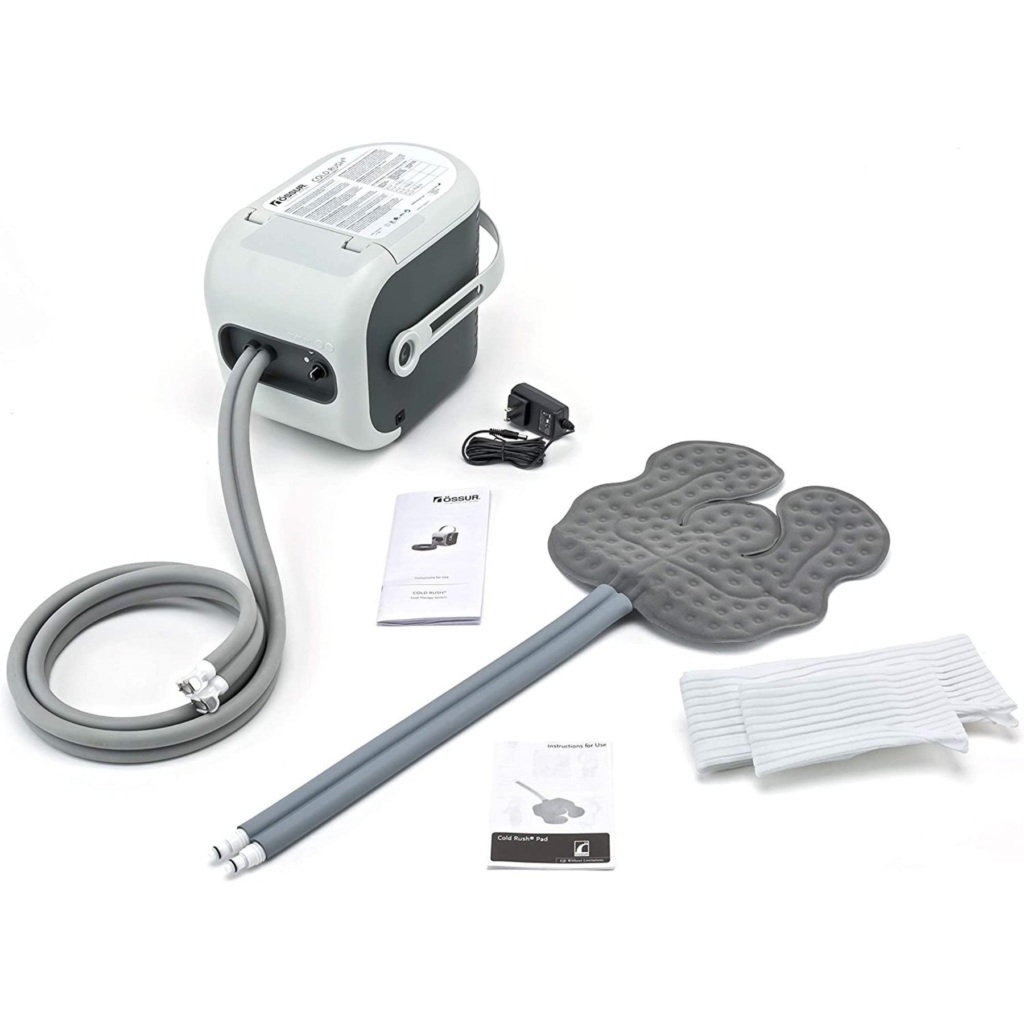Numerous people look for methods to recuperate following a workout session. Cryotherapy, or cold therapy, is increasingly becoming a favored choice for exercise recovery. This piece delves into the advantages, recovery techniques, and important factors to consider when employing cryotherapy or cold rush therapy after physical activity.

Understanding Cold Rush Therapy
Cold rush therapy, ideal for post-workout recovery, involves exposing the body to cold temperatures to decrease inflammation and improve recovery speed. This technique is often adopted by athletes and fitness enthusiasts to alleviate muscle soreness. By narrowing blood vessels through the application of cold therapy, swelling is reduced, and tired muscles find relief.
Benefits of Cold Rush Therapy
Cold rush therapy offers multiple benefits. It helps ease pain by numbing nerve endings, providing relief that can be particularly helpful for individuals experiencing discomfort after intense workouts. Additionally, it speeds up the healing process by reducing inflammation, which helps to shorten recovery times, allowing people to return to their exercise routines sooner.
Methods of Application
Different techniques are available for using cold therapy to alleviate discomfort and aid recovery from injuries or strains. Ice packs are a common option, providing localized relief to specific areas of the body. They can be securely placed around muscles or joints to deliver cooling sensations. Another method involves immersing the body in cold water, which is especially advantageous for treating larger muscle groups and is commonly favored by athletes.
Cryotherapy is another widely used approach that subjects the body to cold temperatures for a brief period using specialized tools to provide rapid cooling. Despite requiring access to certain facilities, cryotherapy is highly valued for its effectiveness and is a popular choice among individuals seeking fast recovery.
Precautions to Consider
While cold therapy has its advantages, it should be approached with caution for safety reasons. Overexposure to cold can harm the skin and cause frostbite. Keeping sessions short—around 15 to 20 minutes—is key to staying safe while still achieving the desired results. It’s also important to avoid direct ice contact to prevent irritation. When using ice, a cloth or towel should be used as a barrier between the skin and the ice.
Cold Rush Therapy and Different Workouts
Different types of workouts may require different methods of using cold therapy effectively. For example, high-intensity interval training (HIIT) involves bursts of physical activity, and cold therapy can help reduce muscle strain and promote faster recovery. Endurance athletes, who often face muscle fatigue, may benefit from cold water immersion. Strength training enthusiasts might find that applying ice packs to specific muscle groups can aid in recovery, particularly when tailored to the nature of each exercise.
Integrating Cold Rush Therapy into a Routine
Integrating cold rush therapy into a workout regimen requires preparation and careful timing. Applying cold therapy immediately after exercise enhances its effectiveness. Prompt action is particularly beneficial for curbing inflammation during its peak and preventing prolonged muscle soreness. Regular use of cold therapy can be an important part of a well-rounded recovery strategy.
It’s crucial to listen to your body’s signals when incorporating therapy into your routine. Overuse can have negative effects on your health. Pay attention to how your body reacts after each session to ensure you’re getting the most out of the therapy while staying safe. Adjust the duration of cold therapy based on what works best for you.
Alternatives to Cold Rush Therapy
While cold therapy can be highly beneficial for many people, it may not be the right choice for everyone. Some individuals may prefer alternative recovery techniques. Heat therapy, for example, involves using warmth to help muscles relax and improve blood circulation. When used in conjunction with cold therapy, heat therapy can offer a more comprehensive approach to recovery.
Massage therapy is another option to help muscles relax and improve blood flow after exercise. Additionally, stretching exercises are important for workout recovery as they increase flexibility and reduce muscle tightness. By trying different techniques, individuals can create a customized recovery strategy that best fits their needs.
Conclusion
Cold rush therapy stands as a valuable tool for post-workout recovery. Its ability to reduce inflammation and alleviate pain makes it a favored choice among fitness enthusiasts. Understanding the benefits, methods, and precautions ensures safe and effective application. By integrating cold therapy into a well-rounded fitness routine, individuals can optimize their recovery and maintain peak performance.










